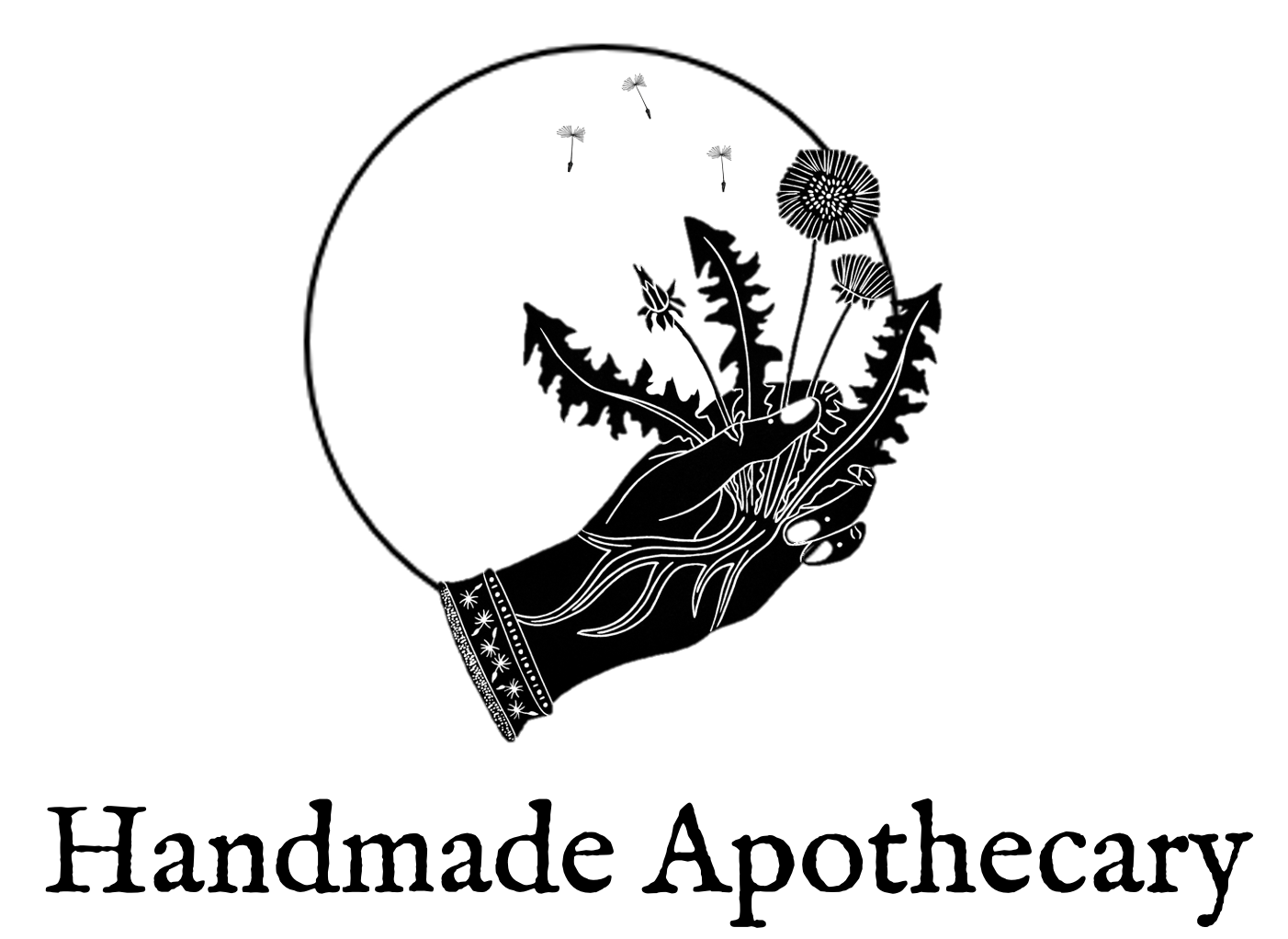Plantain (Plantago lanceolata, P.major & P.media)
Plantain grows everywhere. You have probably stepped on one walking over a meadow or on a pavement crack. They don't have flashy foliage and flowers and are generally ignored, or even persecuted as spoilers of perfect lawns. On our workshops, people have often heard of the tropical banana-plantain which is not related. However, the European herb plantain, of the Plantago species, is a really, really useful group of plants with a colourful history, is highly abundant and sustainable and deserves a closer look by anyone interested in foraging for medicine.
Update: We now have a video on the identification of plantain, check it out here:
“And you, Plantain, mother of herbs,
Open from the east, mighty inside.
over you chariots creaked, over you queens rode,
over you brides cried out, over you bulls snorted.
You withstood all of them, you dashed against them.
May you likewise withstand poison and infection
and the loathsome foe roving through the land.”
(L): Plantain (P. lanceolata) leaves back and front. Notice the parallel ribs or veins. (M): P. lanceolata flower. (R-upper) P. lanceolata in a meadow, hiding in the grass. (R.lower) leaf of P. major.
Uses
Plantago species contain anti-inflammatory, antibacterial, anti-allergy and wound healing compounds. It was recorded as one of the nine sacred herbs in a remedy in the Anglo-Saxon Lacnunga, a 1,000 year old text held in the British Library (see above quote). The remedy contained nine herbs for wound healing, and modern scientific research shows that its chemical compounds support this traditional use.
Medicinal:
Insect bites, cuts and wounds: For fresh insect bites, chew, or pound a fresh (clean) leaf to release the juices and apply directly to the itchy or cut area. Leave on for half an hour before washing off.
Hayfever and sinusitis: A traditional infusion containing plantain leaves harnesses the plantains unusual dual mucilaginous (gloopy and soothing to irritated membranes) and astringent (drying to runny secretions such as a runny nose) properties.
Digestive disorders: The same properties above can also be used in combination with other herbs for irritated digestions such as a runny tummy, IBS and colic.
Urinary tract infections: The soothing and antibacterial properties are used in combination with other herbs e.g. marshmallow, thyme, buchu, cornsilk as an infusion.
Coughs: Juice the leaves using a masticating juicer, and add equal parts honey. If you dont have a masticating juicer, you can blend the leaves in a little water and strain out the liquid.
Edible:
Crispy plantain chips: These tasty snacks have a mineral rich flavour and are full of goodness. Similar to Kale chips but drastically cheaper.
Take fresh washed plantain leaves, chop into crisp sized pieces, drizzle with 1tsp of olive oil, and any flavours you like. An example recipe is to add salt and smoked paprika to taste.
Place in one layer on a baking tray, pop in an oven at 15o degrees celsius with the door cracked open to let the moisture out. Bake for 10 minutes, then turn around the tray for about 5 more minutes or until dry and crisp. do not overcook.
‘Mushroom’ flowers: The young flower heads are delicious and taste like mushrooms. Add to stir fries, salads, eggs etc.
Other uses:
Plantain is also used in a children's game. By looping the flower stem over itself, it can be used like a pop gun. this will help spread the seed too! (this only works a) on P. lanceaolata & b) once the flower head has gone to seed and is dry)
Three types of plantain
Found in meadows and lawns ranging in size from small ones on mown lawns to up to the flowers reaching waist height in long grass. The leaves can reach up to a couple of feet in length, but usually stay around 1 foot.
All the species leaves have parallel veins on the back that the veins can be picked at and pulled away. They are often found on well trodden paths. There is a description for the species below and a video for further instruction.
(L) P.lanceolata flower stalk and leaves. (R) P.major leaf and flower stalk.
Plantago lanceolata - Ribwort plantain with 'lance-like' leaves. This plantain (Left in picture) has long leaves and a flower head made up of a cluster of tiny brown flowers with a 'halo' of stamens surrounding it. This can range in shape from a round ball to a long thumb sized spike.
Plantago major (Broad-leaved plantain) has large round leaves that can be small when on a well trodden path or large as a hand and bigger. (See right hand side of picture). Its other name 'Rats Tail' refer to the tail-like flower head.
P. media is a species that looks something in between the two, with broad leaves like P. major, but slightly fluffy all over. The flowers like are like slightly longer versions of P. lanceolata. but 'with a longer section of stamens, purplish and quite ornamental.


